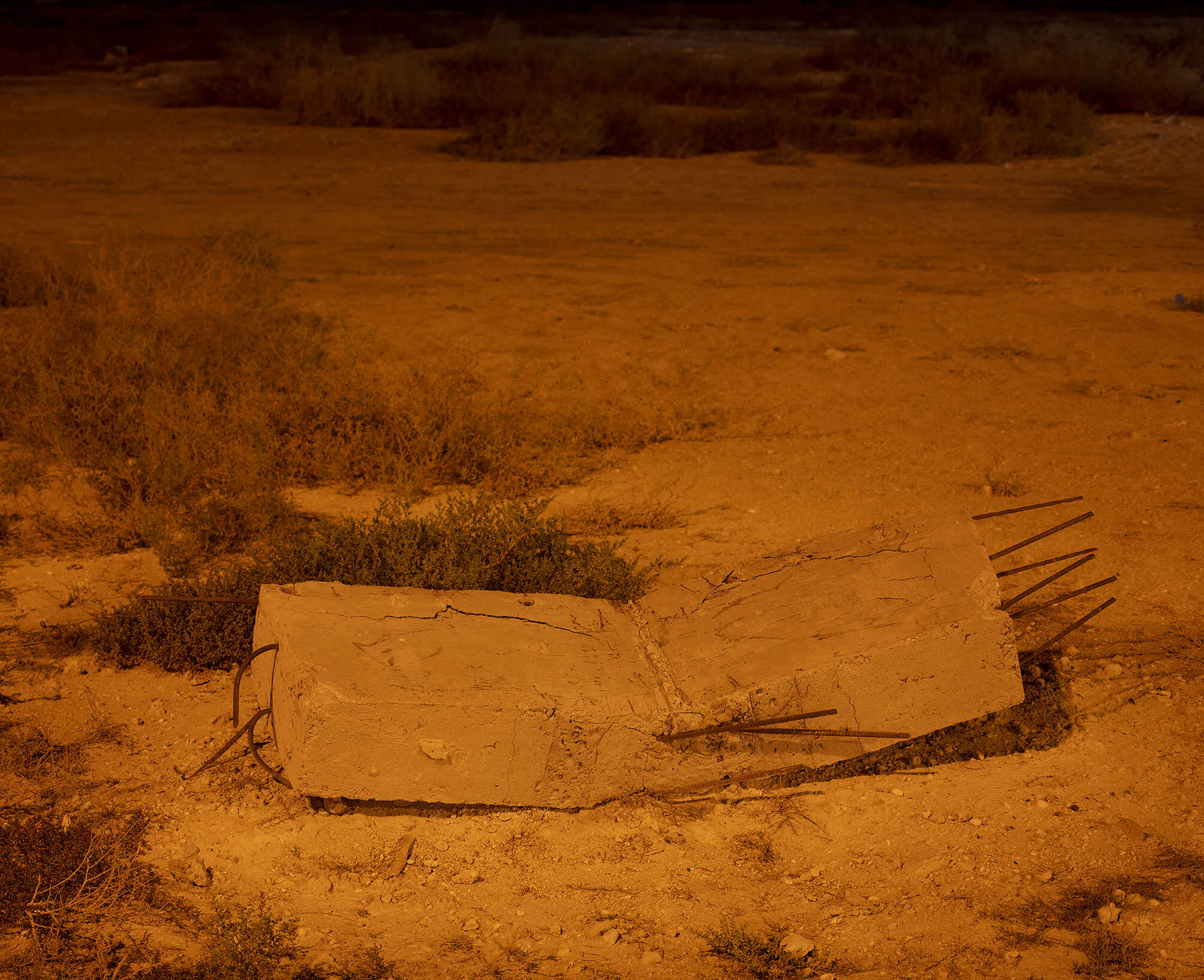What constitutes a ‘document’ and how does it function?
According to the Oxford English Dictionary, the etymological origin is the Latin ‘documentum’, meaning ‘lesson, proof, instance, specimen’. As a verb, it is ‘to prove or support (something) by documentary evidence’, and ‘to provide with documents’. The online version of the OED includes a draft addition, whereby a document (as a noun) is ‘a collection of data in digital form that is considered a single item and typically has a unique filename by which it can be stored, retrieved, or transmitted (as a file, a spreadsheet, or a graphic)’. The current use of the noun ‘document’ is defined as ‘something written, inscribed, etc., which furnishes evidence or information upon any subject, as a manuscript, title-deed, tomb-stone, coin, picture, etc.’ (emphasis added).
Both ‘something’ and that first ‘etc.’ leave ample room for discussion. A document doubts whether it functions as something unique, or as something reproducible. A passport is a document, but a flyer equally so. Moreover, there is a circular reasoning: to document is ‘to provide with documents’. Defining (the functioning of) a document most likely involves ideas of communication, information, evidence, inscriptions, and implies notions of objectivity and neutrality – but the document is neither reducible to one of them, nor is it equal to their sum. It is hard to pinpoint it, as it disperses into and is affected by other fields: it is intrinsically tied to the history of media and to important currents in literature, photography and art; it is linked to epistemic and power structures. However ubiquitous it is, as an often tangible thing in our environment, and as a concept, a document deranges.
the-documents.org continuously gathers documents and provides them with a short textual description, explanation,
or digression, written by multiple authors. In Paper Knowledge, Lisa Gitelman paraphrases ‘documentalist’ Suzanne Briet, stating that ‘an antelope running wild would not be a document, but an antelope taken into a zoo would be one, presumably because it would then be framed – or reframed – as an example, specimen, or instance’. The gathered files are all documents – if they weren’t before publication, they now are. That is what the-documents.org, irreversibly, does. It is a zoo turning an antelope into an ‘antelope’.
As you made your way through the collection,
the-documents.org tracked the entries you viewed.
It documented your path through the website.
As such, the time spent on the-documents.org turned
into this – a new document.
This document was compiled by ____ on 16.02.2024 18:43, printed on ____ and contains 15 documents on _ pages.
(https://the-documents.org/log/16-02-2024-5783/)
the-documents.org is a project created and edited by De Cleene De Cleene; design & development by atelier Haegeman Temmerman.
the-documents.org has been online since 23.05.2021.
- De Cleene De Cleene is Michiel De Cleene and Arnout De Cleene. Together they form a research group that focusses on novel ways of approaching the everyday, by artistic means and from a cultural and critical perspective.
www.decleenedecleene.be / info@decleenedecleene.be - This project was made possible with the support of the Flemish Government and KASK & Conservatorium, the school of arts of HOGENT and Howest. It is part of the research project Documenting Objects, financed by the HOGENT Arts Research Fund.
- Briet, S. Qu’est-ce que la documentation? Paris: Edit, 1951.
- Gitelman, L. Paper Knowledge. Toward a Media History of Documents.
Durham/ London: Duke University Press, 2014. - Oxford English Dictionary Online. Accessed on 13.05.2021.

July. Our eight-month-old son has a fever. We have a hard time getting him to drink enough. The tally marks on the back of a tortellini-box keep track of the diapers he wets and the millilitres of milk and electrolytes he’s able to hold down.
Stuck inside with worrying parents, a sticker-book about a farm is his brother’s favourite pass-time. Tired of having to go back and forth between the pastures and the sticker-filled sheets we decide to use my arm as a repository for animals that share a habitat.
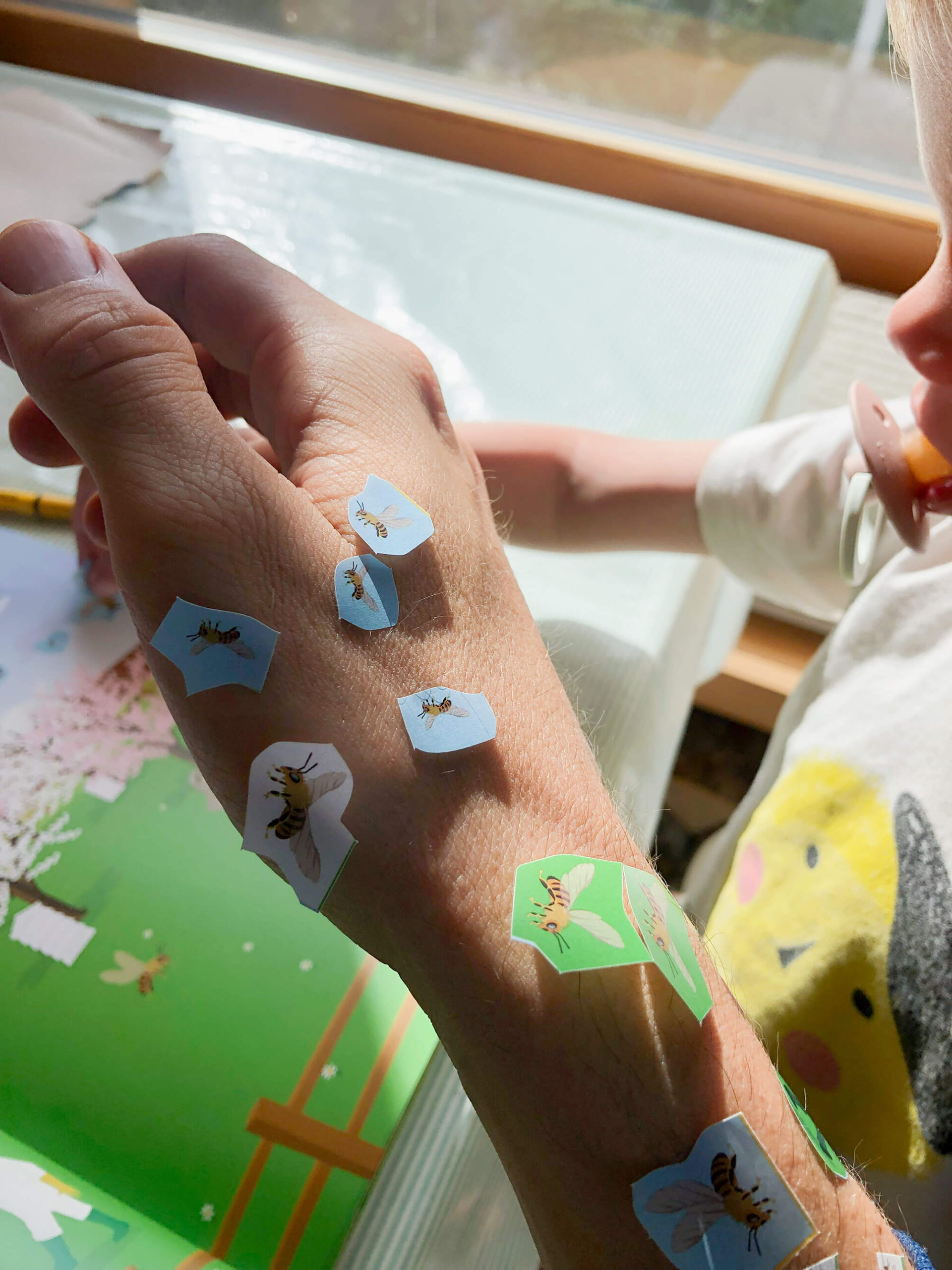
During the night, both of us get unwell. One of us is shaking, intensely and relentlessly. The windows are open. For minutes that seem to be hours, it feels like it’s freezing. We get extra blankets. Then, it gets too hot.
One of us dreams about coccodrillos. It starts out with a single animal, like the one we saw in the National Archaeological Museum, escaping from an aquarium, and ends with lots of little ones crawling all over the place. It’s impossible to know how many have escaped.
The other dreams about seismologist Luigi Palmieri’s unfortunate assistant and his family’s quest to redeem his good name. To deprive him of the burden and guilt set upon him by Luigi Palmieri’s report of the 1872 eruption of Vesuvius, the assistant’s offspring were building a monument just below the observatory in which their great-grandfather fell asleep. The monument was permanently, and continuously, unfinished.
We both dream of hearing fireworks in Naples.
In the morning, we’re slightly alarmed that we both got sick and feverish at the same instant. It’s the middle of January, and the weather has been summerlike all week. A gentle morning breeze flies in from the Neapolitan bay while we wait for the bus to take us to the airport.
First published as part of De Cleene De Cleene. ‘Amidst the Fire, I Was Not Burnt’, Trigger (Special issue: Uncertainty), 2. FOMU/Fw:Books, 25-30

_44A6588.dng
At 13:26:43 I took a photograph of a concrete building without windows in an industrial zone just south of Brussels.
_44A6590.dng
At 16:46:15 I photographed a succession of office buildings in the same industrial zone.
_44A6589.dng
I must have walked about 1 kilometer between the concrete building without windows and the section of the industrial zone with the offices. At 13:43:49, the camera, safely stored in my backpack, recorded 0.4 seconds of the 20 minutes it took me to get there.
In The Snows of Venice, Alexander Kluge wonders whether he can take the liberty to conjure up what the sky looked like on 31 December 1799, as Schiller made his way to Goethe’s house. He goes on by saying that, historically, there’s a ‘LACK OF SENSORY ATTENTION AT CRUCIAL MOMENTS’.1 There are exceptions, though, like the cameraman that was sent out to document the fireworks on New Year’s Day 2000. The camera was turned on prematurely. The batteries were used up by midnight, but ‘certain gray tones, however, filtered through the cracks of its protective case, conveyed the motion of the walking cameraman, the transportation. The incompletely shut, low-information container was documented exactly […] To this day it provides inexact testimony as to the qualities of the leather of a twenty-first century carrying case and the precise sensitivity to light and dark demonstrated by a twenty-first century recording medium.’2
Lerner, B., Kluge, A. The Snows of Venice. Leipzig: Spector Books, 2018, p. 53
Ibid.

At a dental practice, the white Alligat®-powder is mixed with the right amount of water to get a mouldable dough that is pressed upon a patient’s teeth. After thirty seconds, the Alligat®-dough stiffens and takes on a rubber-like quality. At that point, still white, it must be removed from the patient’s mouth. Over the next few hours, the mould turns increasingly pink as the substance becomes less humid. Now, it can be used as a mould to create a positive master cast of the patient’s teeth.
Outside the dental practice, the powder’s possibilities remain to be fully explored.

First published as part of De Cleene De Cleene. ‘Amidst the Fire, I Was Not Burnt’, Trigger (Special issue: Uncertainty), 2. FOMU/Fw:Books, 25-30
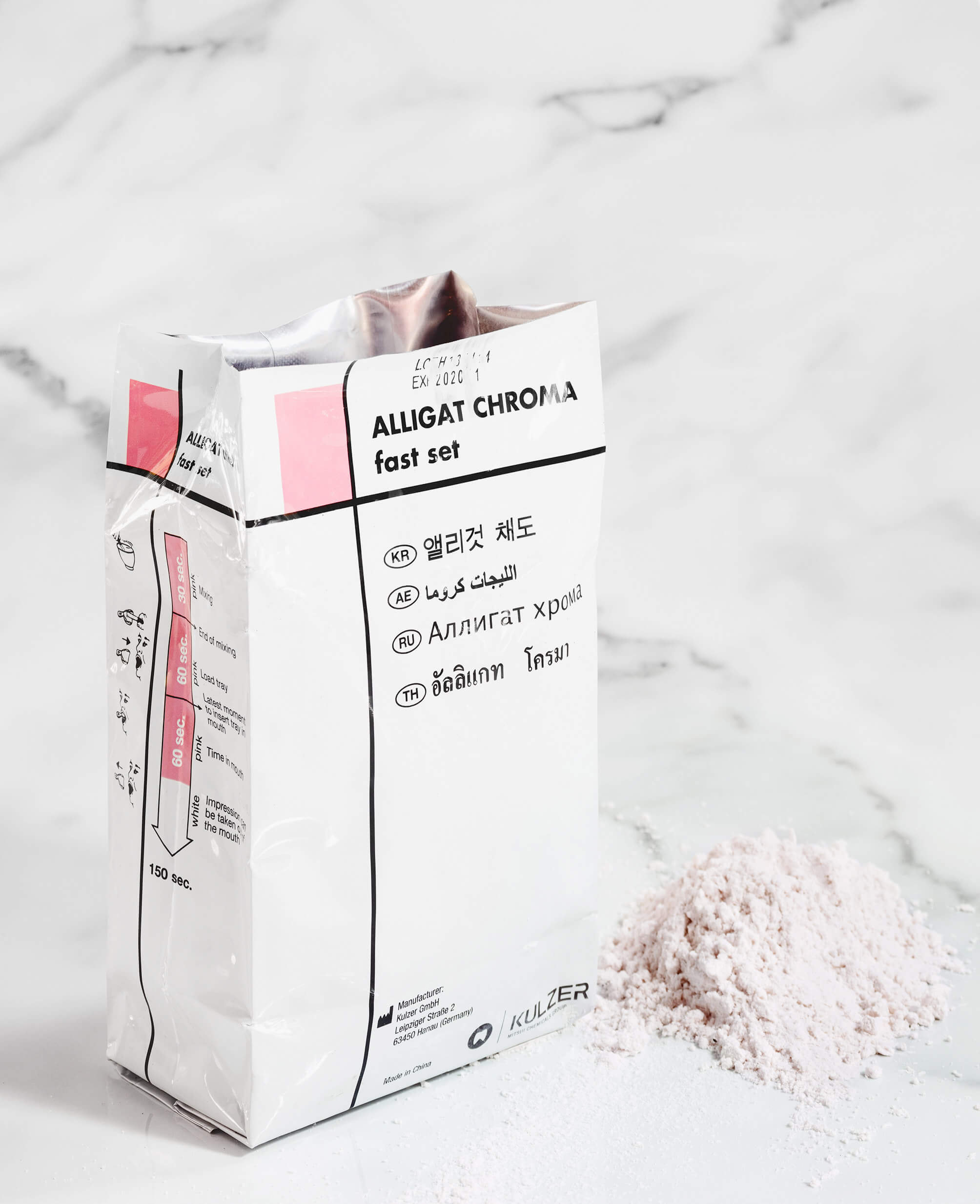
On a pile of fresh hospital sheets, near the radiator, the tangerine curtains and the black marble window sill (the window looks out over the parking lot), underneath the two-day-old bouquet of flowers and next to a pile of magazines with a handwritten note on top (about a syrup that relieves slime and tastes like oranges), lie two sheets of paper.
Earlier that day the physiotherapist had come by. Twice. Once in the morning and once in the afternoon. He had each time drawn the first line, as an example. A straight line in the morning, a curvy line in the afternoon.
With a ballpoint pen my grandfather, who is recovering from an accident, diligently copied the examples (31 in the morning, 5 in the afternoon).
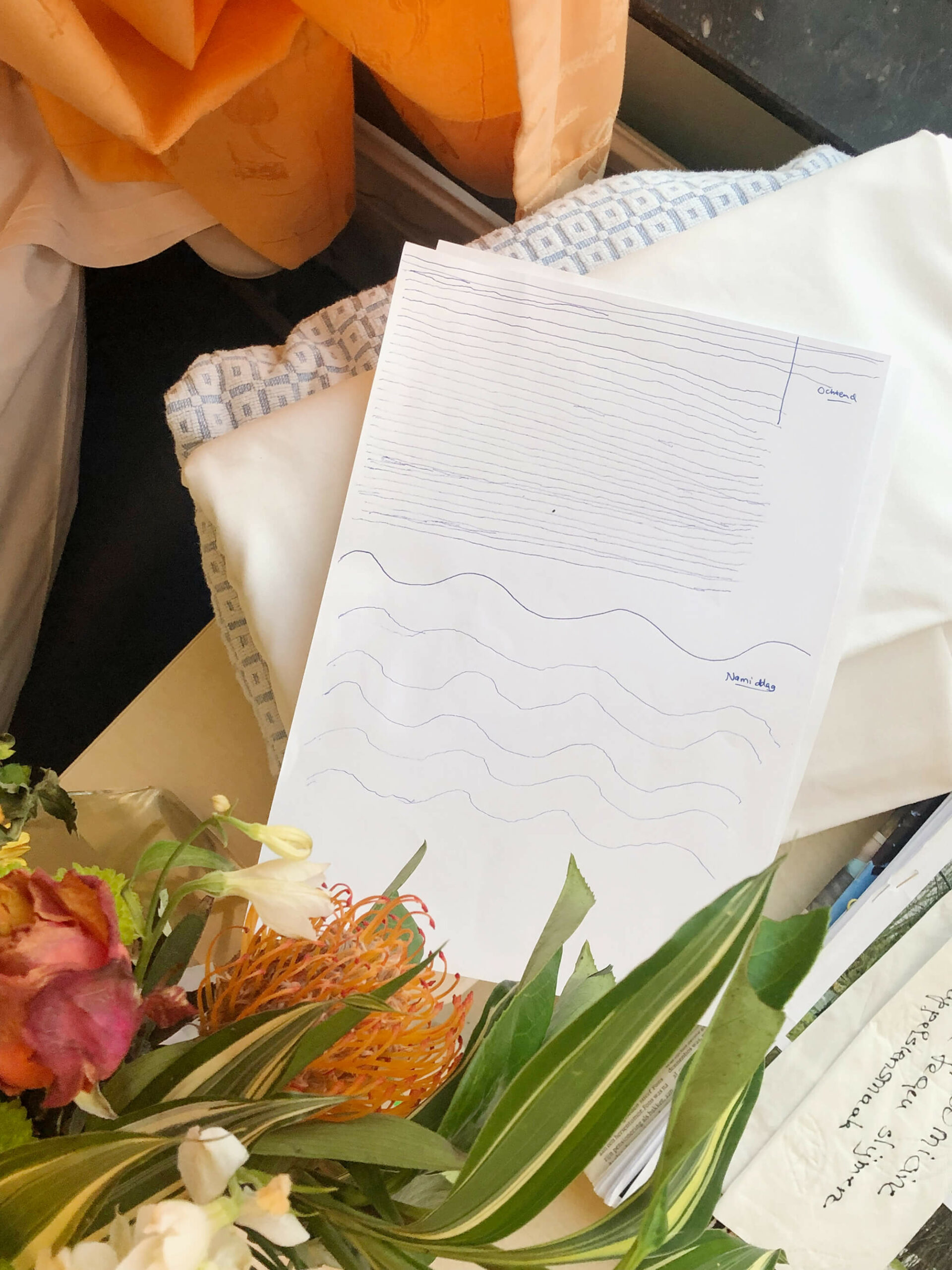
Five white boulders close off a shortcut for motorists who attempt to cut the bend in the road. The southernmost roof’s pitch runs opposite to the landscape’s slope. The lower roofline is, therefore, only about one meter above a small, triangular patch of grass which is hidden from view by a hedge. In summer, when the roofing gets hot and soft, text and drawings get pressed or carved into it.
Google Earth
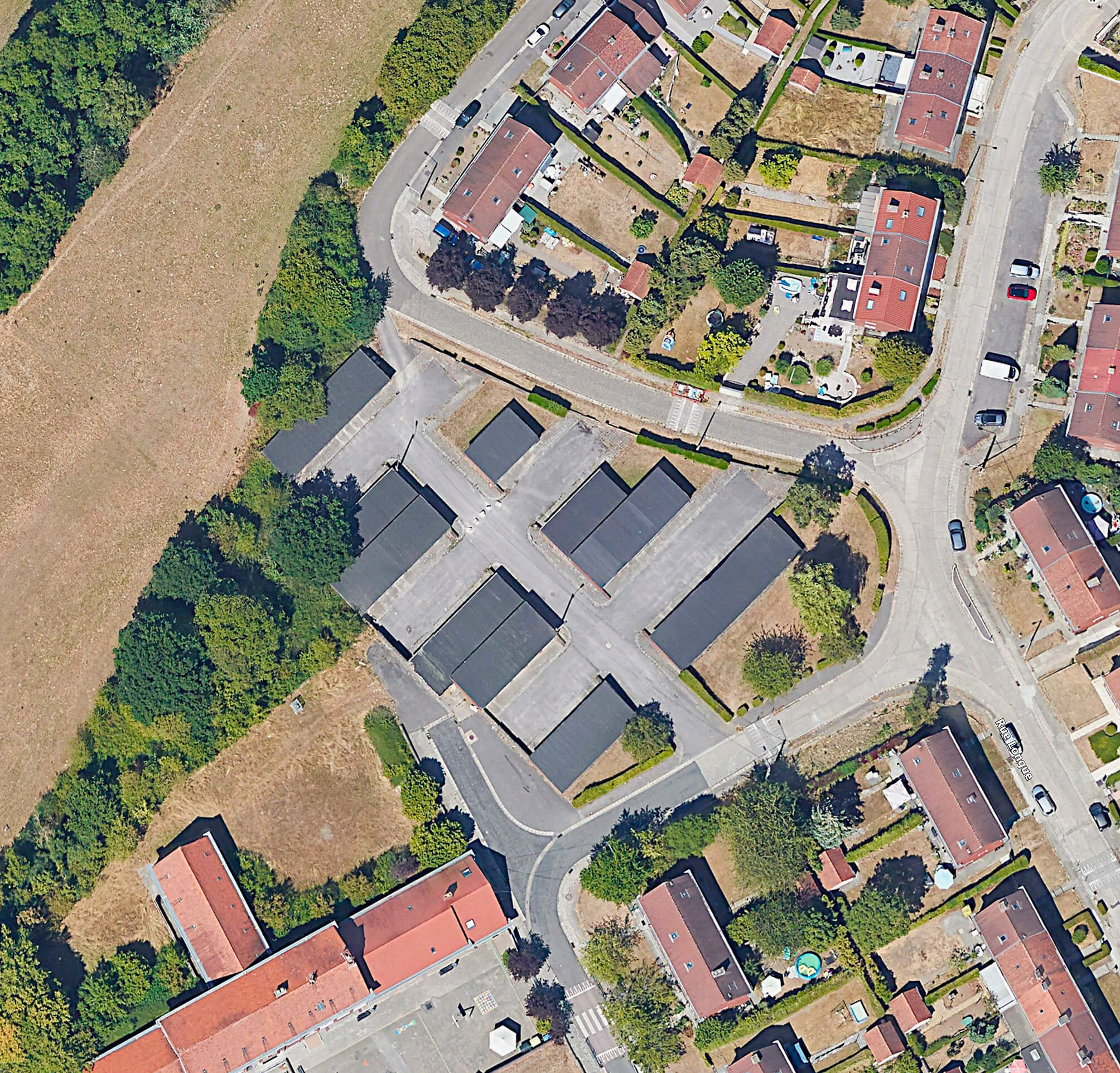
A half a day’s walk from the Fuente Dé teleférico, there are less and less traces of passers-by. The path to Sotres suddenly runs through a lusher green. The fence between two pastures keeps the sheep from crossing and coincides with the border between two regions. A hole in the fence would change the landscape’s hue.

A first try at using the instrument for making a recording: excitement as we succeed in pointing the telescope at the brownish dot afar we just noticed on the other side of the valley. As it continues scavenging, we wait for night to set in.

The paths in the valley of the Bayehon are covered with ice. We are making our way down towards the valley of the Ghâster. The temperature is minus 15 degrees Celsius. The water in our drinking bottles is frozen. We are betting on the shelter indicated on the map (Au Pied des Fagnes, Carte De Promenades, 1:25.000, Institut Geographique National) to pitch our tent. There is almost no wind, but every breath of air feels like we’re being hit with a thousand needles. What the map indicates as a shelter appears to be a picnic table.
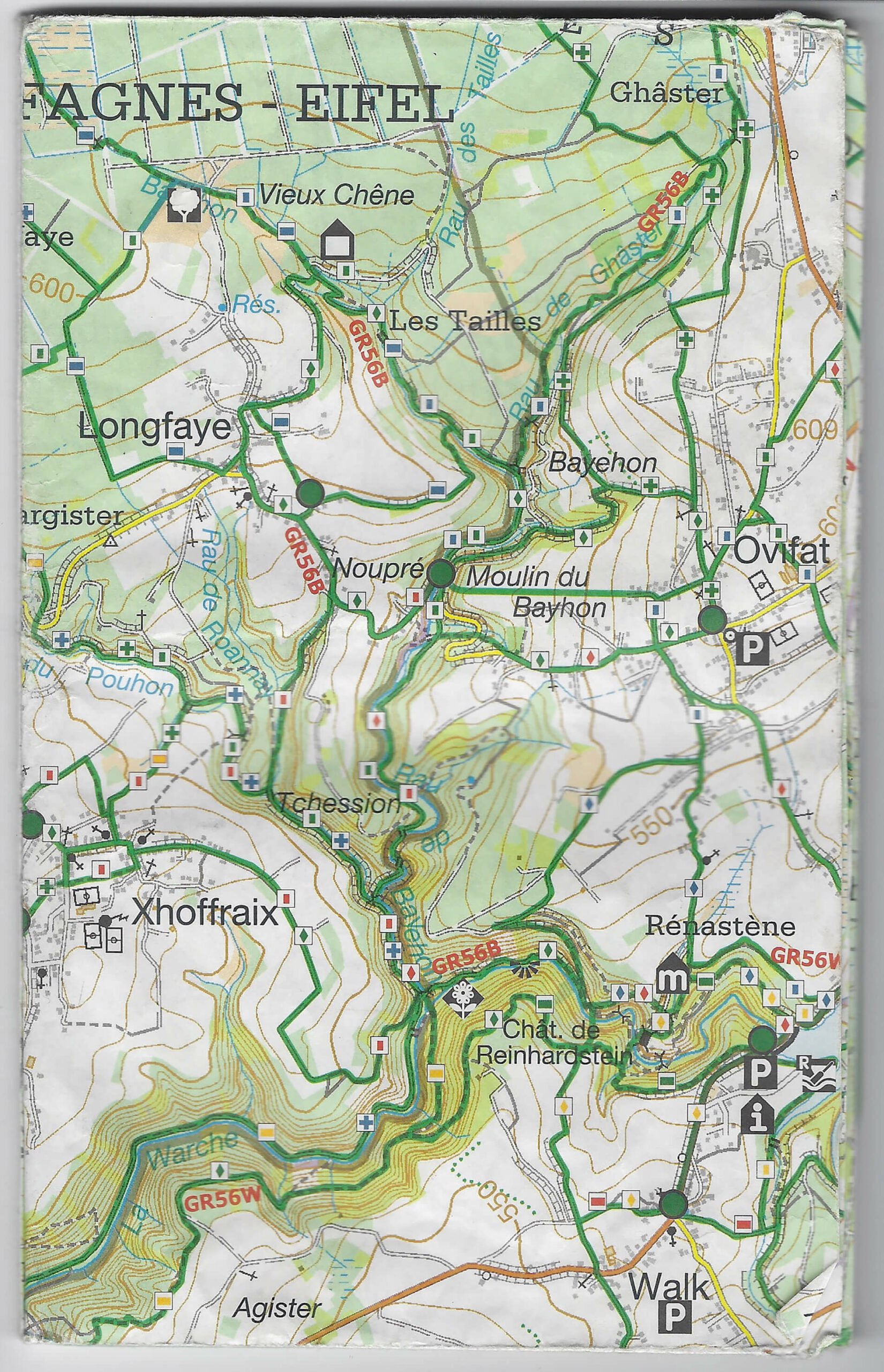
Fairly detailed map of the two major marble quarries on the island of Tinos, Greece. The spontaneous route-advice was prepared by a local marble worker, P.D., in the Karia region of the island on a locally extracted, green marble slab. The waved lines represent roads traversing uphill, while the straight lines represent roads following a contour line of the topography.
‘Tell your friend that the wine is for girls; it’s very sweet,’ the marble worker alerted my travel companion K.S. after offering us local sweet wine. The workshop smelled like boiled meat and bones.
Notes on map from left to right, top to bottom:
- Towards Vathi
- Quarry
- incomprehensible
- Towards Vathi Bleu
- Isternia
- Pirgos
Márk Redele pursues projects that fundamentally relate to architecture and its practice but rarely look like architecture. www.markredele.com

Due to strict regulations during the COVID-19-pandemic, the yearly vehicle inspection had to be scheduled by appointment. Getting ready to drive to the DMV, the car wouldn’t start. It had rained heavily, the preceding days. The day before the DMV-appointment, water had come running into the car on pushing the pedals. My socks were wet.
I called the DMV to say I needed to cancel the appointment and make a new one (but that the car, besides not being able to drive, was perfectly fine, vehicle-inspection-wise).
Later that day, we got the engine up and running again, using jumper cables and a second car, so we would be able to drive to meet the midwife the next day.
Renault Clio. Instructieboekje. 2012. PDF-file
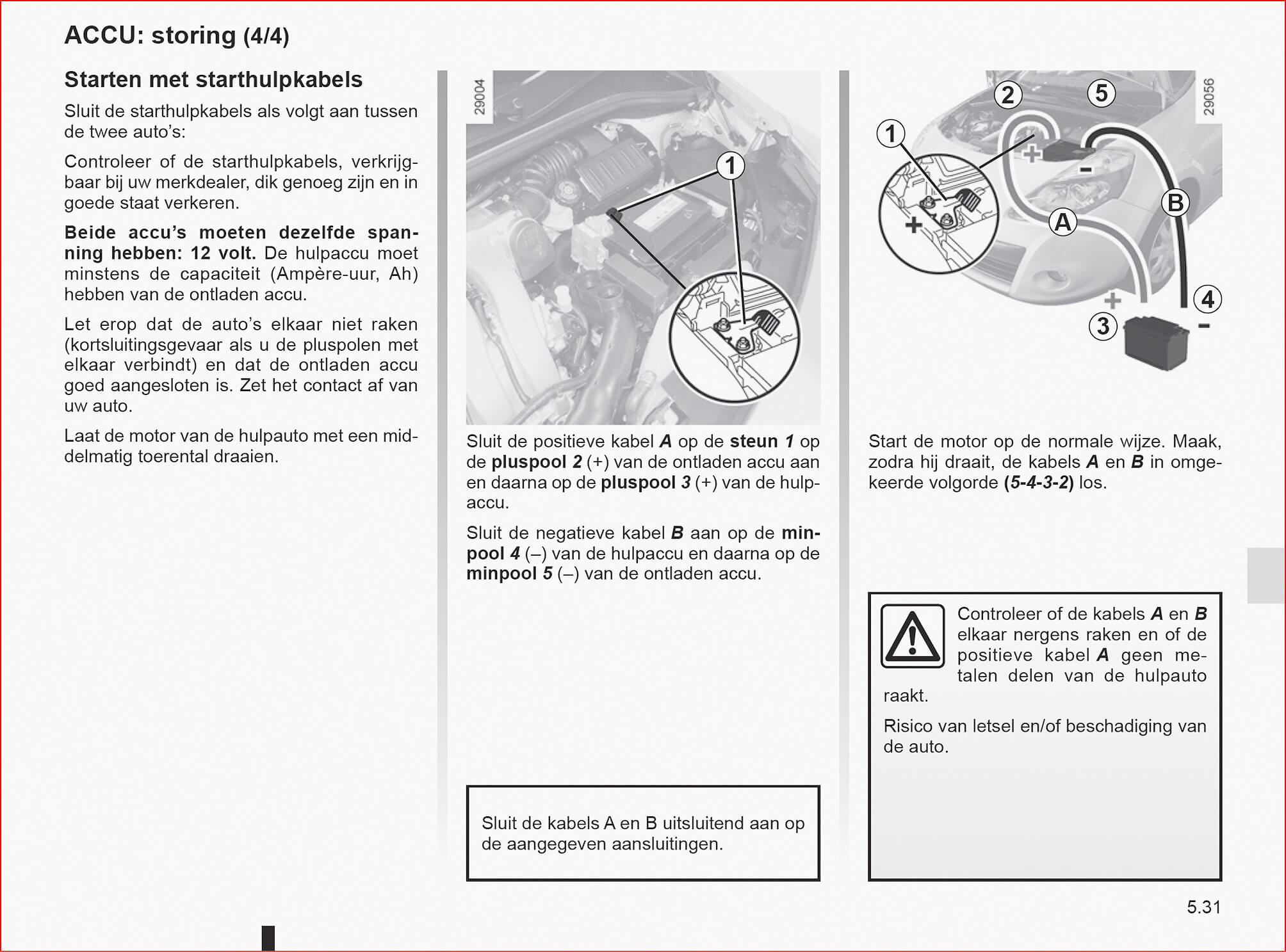
As the light of celestial objects travels through the Earth’s atmosphere, the various wavelengths that make up this light are refracted differently. This effect is called ‘dispersion’ and results in colour fringing on the edges of planetary discs: images with a sliver of blue at the top and a red one at the bottom appear.
When celestial objects are positioned close to the horizon (like Neptune when observed from Luxembourg) the images are severely affected: the path of the light through the atmosphere is longer, leading to greater dispersion.
For the same reason sunsets are red, Neptune turns from a monochromatic blue disc into a misaligned, multicoloured oval.


The Bahrain Formula 1 Grand Prix takes place every year since the track’s inauguration in 2004 – except for 2011 when the race was cancelled due to protests in the wake of the Arab Spring. To prevent sand from covering the track and entering the air-ducts and engines, the sand near the track is sprayed with an adhesive to keep it from blowing around.
The cloud of sand in the picture (made near Avenue 61 on an artificial island close to Seef) was made by kicking it into the frame while M.R. and M.D.C. had to stop and wait for a truck that was being towed after the driver lost control over the vehicle and flipped it onto its side. Days earlier M.D.C. had tried to make a photograph of the F1-track, but couldn’t get close enough to make a decent picture.
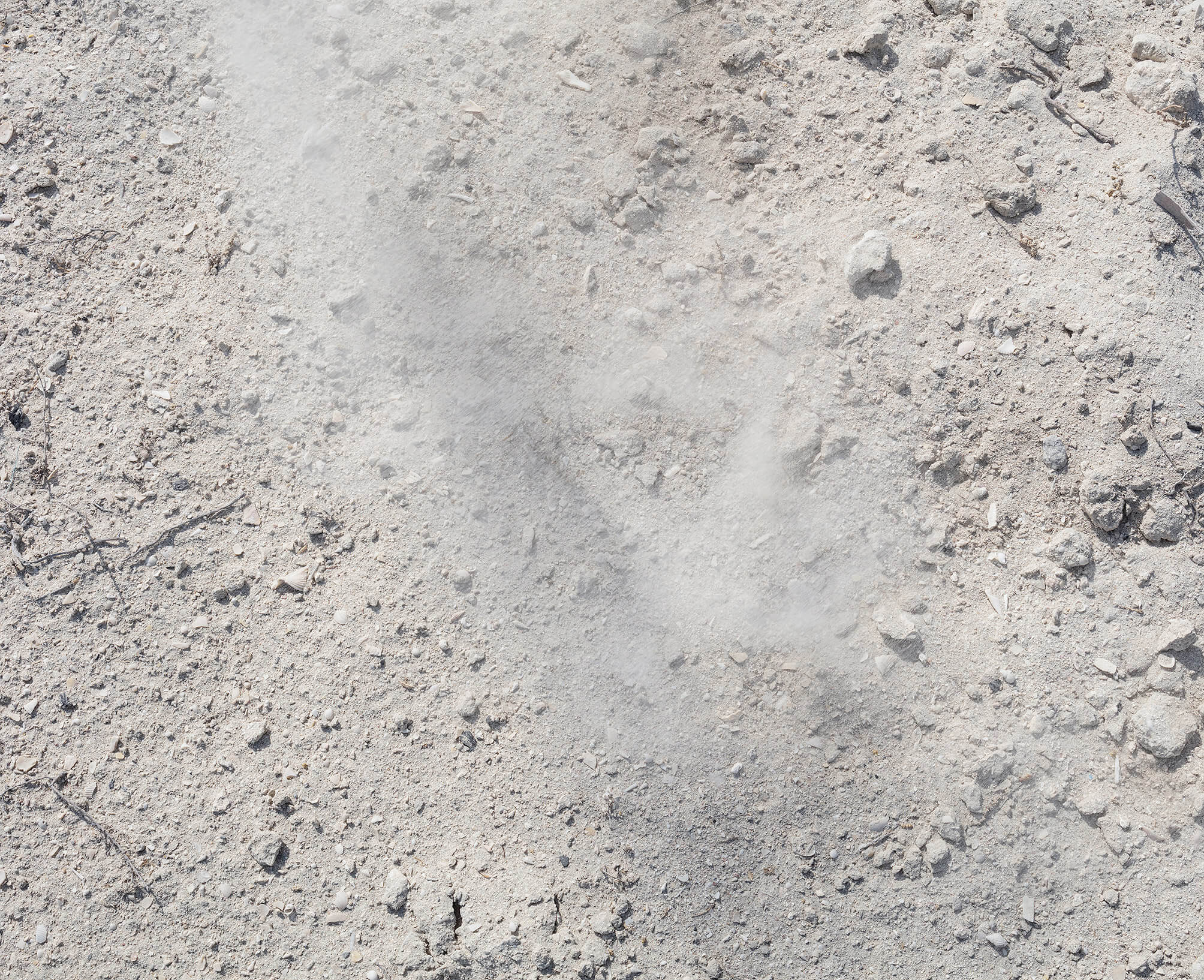
Ten years ago, in November, I drove up to Frisia – the northernmost province of The Netherlands. I was there to document the remains of air watchtowers: a network of 276 towers that were built in the fifties and sixties to warn the troops and population of possible aerial danger coming from the Soviet Union. It was very windy. The camera shook heavily. The poplars surrounding the concrete tower leaned heavily to one side.
I drove up to the seaside, a few kilometers farther. The wind was still strong when I reached the grassy dike that overlooked the kite-filled beach. I exposed the last piece of film left on the roll. Strong gusts of wind blew landwards.
Months later I didn’t bother to blow off the dust that had settled on the film before scanning it. A photograph without use, with low resolution, made for the sake of the archive’s completeness.
The dust on the film appears to be carried landwards, by the same gust of wind lifting the kites.
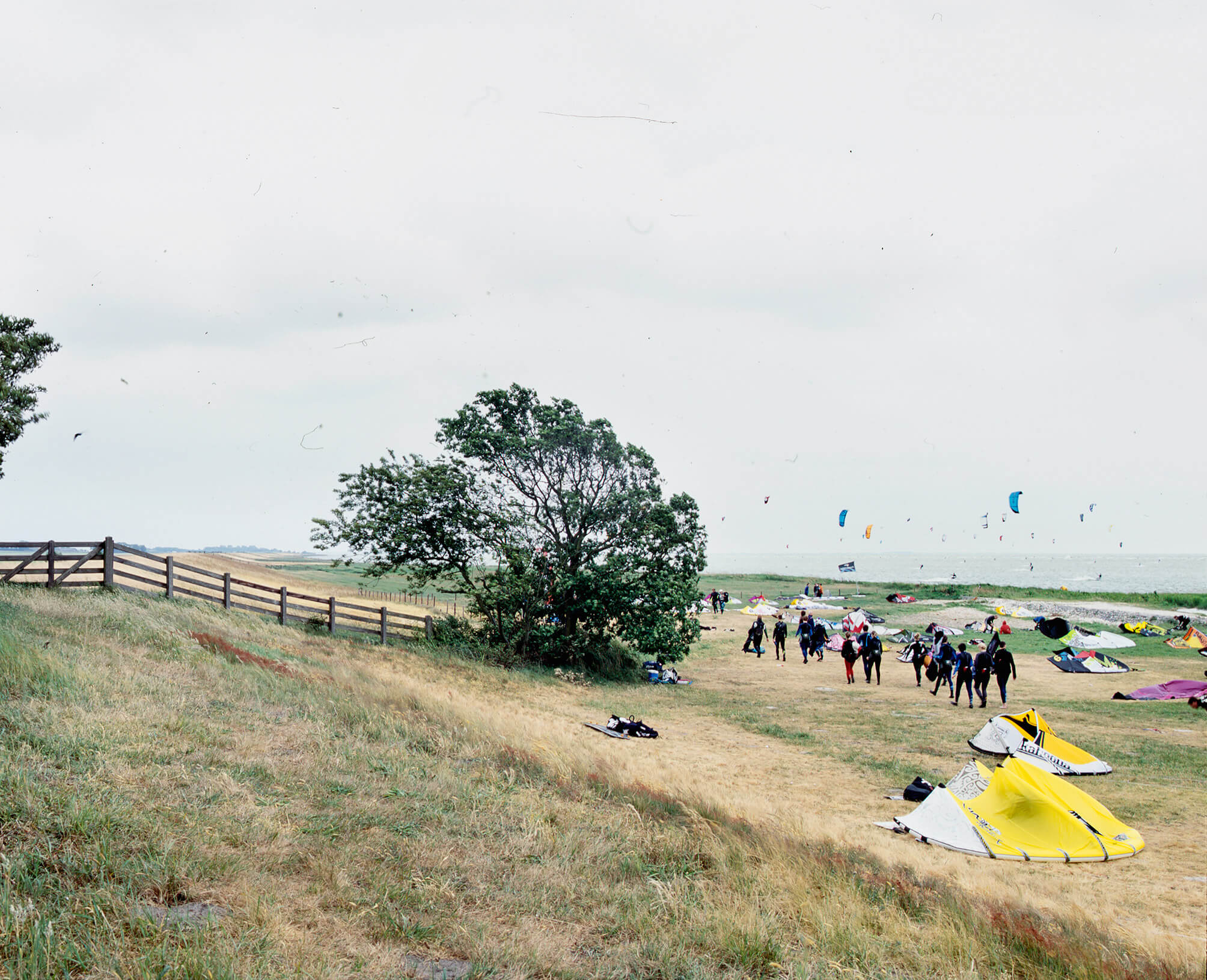
A block of concrete. Fissures are showing and rebar is sticking out from all sides. If it were still straight, the block would measure approximately 130 x 15 x 40cm.
It is lying by the side of the road, a few hundred meters from a construction site. It appears to be shaped by impact. Maybe the block plummeted to the ground from a great height. Perhaps, something heavy hit it. For all one knows, it served as a column and was exposed to an unforeseen amount of pressure, causing it to buckle.
According to Eyal Weizman ‘[a]rchitecture emerges as a documentary form, not because photographs of it circulate in the public domain but rather because it performs variations on the following three things: it registers the effect of force fields, it contains or stores these forces in material deformations, and, with the help of other mediating technologies and the forum, it transmits this information further.’1
Weizman, E. ‘Introduction’, in: Forensic Architecture. Forensis. The Architecture of Public Truth. London/Berlin: Sternberg Press, 2014.
